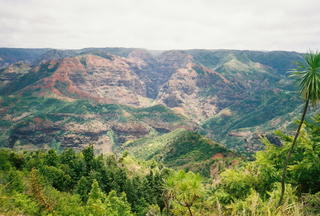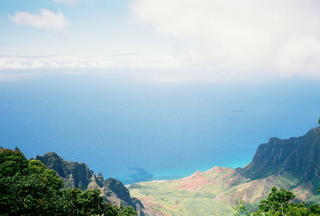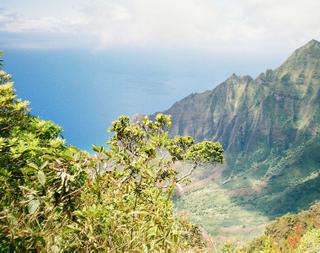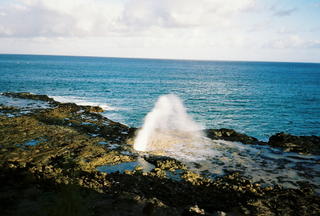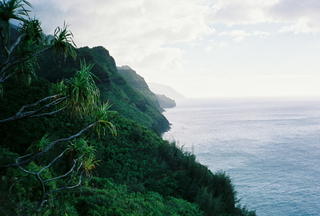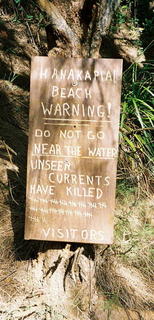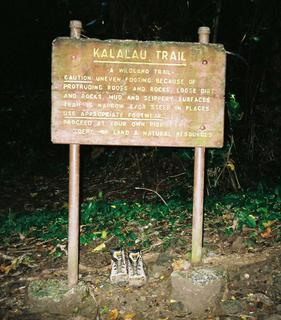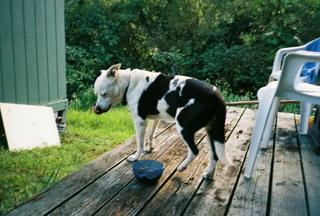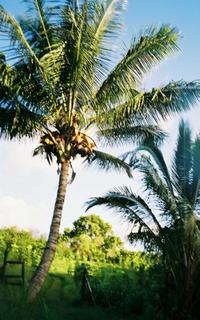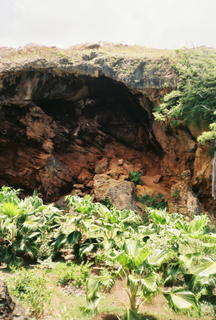
The cow experience (picture "borrowed" from
Ask Jeeves) stayed with me and made its way not only into this blog, but into poetry as well. Enough people commented on my cows blog that I thought I'd include this draft of the poem here. No one's read it yet, so there are probably some things that don't make 100% sense--that's a common problem in my poetry in the early stages. But everyone has been so supportive of this blog that I thought I'd risk a little misunderstanding and share the work.
It's also fitting because I've mostly been working on poetry lately, revising the poetry I've written since I came here and then my whole manuscript for fall book contests. It's looking really different now, with my tree farm poems, and I have to say, I like them so much (perhaps a reflection of how much I've enjoyed being here) that I wish I had a whole book of them.
The Patient Expressions of Mystical Cows
They part around the house at midnight,
silvered by the silver air,
this night of half-moon, starlight
sometimes diminished by clouds,
lowing to each other as they climb the hill.
They have gone through fences,
ransacked the lemon tree,
overturned mop buckets, and left
ragged shadows in their wake.
They follow each other dumbly
through guinea grass and cane,
galloping from the empty frame
of my field into another.
Only the goats could explain
their escape from where
they should have been sleeping,
into my dream and back again,
for there is no break in the fence,
only a trail leading down and back up.
So an old farmer innocently prays
over a breakfast of coffee, a roll,
for his soul and the health of his cows,
who are without bells in the clear dawn.
When they shake their heads
it is only to upset flies
and urge sharp-beaked angels on.
